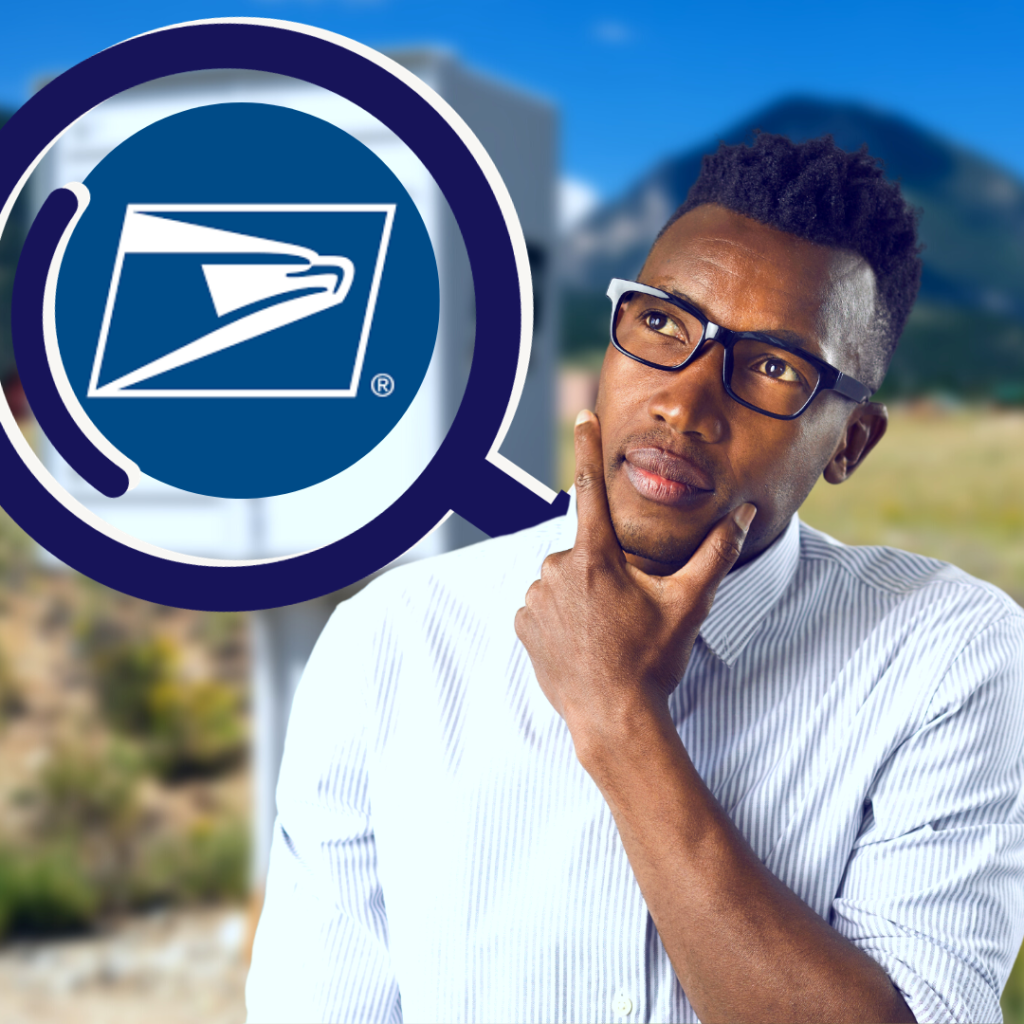Losing a job is often unexpected and almost always jarring. Being resilient, however, is critical. Here are some steps you can take to move forward.
What To Do Immediately:
- Take a deep breath. When a layoff is unexpected, it can trigger many emotions — including anger, fear, and anxiety. Give yourself permission to feel these emotions, but take a deep breath and recognize that you don’t have to do anything right now.
- Retrieve all important work documents and files from your employer’s system. If you haven’t already done so, back up your personal files, emails, and documents from work-related accounts. Collect performance reviews, letters of commendation from supervisors and customers, and records of certifications and trainings.
- Review your severance package (if you were offered one). Carefully go through the details of your severance, including information about your final paycheck, benefits, and unemployment eligibility. Clarify any ethics rules or confidentiality agreements that might affect your job search.
- File for unemployment benefits. File immediately, as it can take time for approval (and some states have a one-week waiting period). Do a search for “unemployment benefits + (your state)” to find the information you need.
- Check your health insurance options. If you had health insurance through your employer, you may be eligible to continue your coverage through COBRA. However, that may be more costly than pursuing health insurance through the federal marketplace, available at healthcare.gov), a short-term health insurance plan, or coverage through a spouse’s plan.
- Pause all automatic payments. Make sure that any subscriptions, memberships, or services that were tied to your work email or credit card are stopped or changed to your personal email and payment method. Cancel anything nonessential. .
- Refrain from social media rants. Future employers often search for candidates’ social media profiles, so keep yours positive and professional.
What to do in Week 1:
- Update your job search documents. The first step is to update your resume and LinkedIn profile. Ensure your documents are up-to-date and tailored towards the role you want next. Focus on accomplishments, not standard responsibilities.
- Reach out to your network. Let your friends, family, and former colleagues know you’re searching for a new job. Networking is one of the best ways to find new opportunities. Connect with them on LinkedIn. Ask past colleagues and supervisors for LinkedIn Recommendations.
- Consider short-term employment. While searching for your next full-time position, consider freelancing, contract, or gig work to stay financially afloat.
- Create a budget. One of the most important things to do after a layoff is to stabilize your finances.
- Set daily goals. Without a work routine to keep you on track, it may be difficult to focus your time. Establish a schedule that includes setting aside specific time each day to complete job applications and network.
- Join industry-specific groups or forums. Online communities can help connect you with job leads, networking opportunities, and moral support.
The First Month (Solidify Your Job Search)
- Enhance your skills. Upskill and expand your knowledge. Spend time taking free or affordable online courses that can enhance your employability.
- Prepare for interviews. The goal is to get in front of an interviewer, so start practicing early. Being well-prepared increases your chances of success in the interview — and being offered the job! Prepare your answers to common interview questions, and record yourself answering questions, or role-play a job interview with a friend or colleague.
- Differentiate yourself. Assess your online presence. Do you stand out? If not, consider starting a blog, creating an online portfolio, or posting regularly on LinkedIn.
- Check out job fairs and hiring events. Attend virtual or in-person job fairs where multiple companies and recruiting firms are represented. Practice your introduction — be able to describe yourself effectively in 30 seconds or less. And be prepared to address your job loss — if it comes up, provide a concise, positive explanation. (“I was one of six employees let go when my department was eliminated, but I’m ready to take on a new challenge focusing on my project management and leadership experience.”)
- Apply consistently. A steady stream of applications increases your chances of securing an interview. Apply for 5-7 jobs every week. Tailor the resume and cover letter to the position you’re applying to. Keep track of the jobs you’ve applied for and follow up with recruiters and hiring managers 7-10 days after applying, when possible.
- Practice self-care. A job search can be emotionally exhausting. Prioritize your mental and physical health while you are unemployed.






